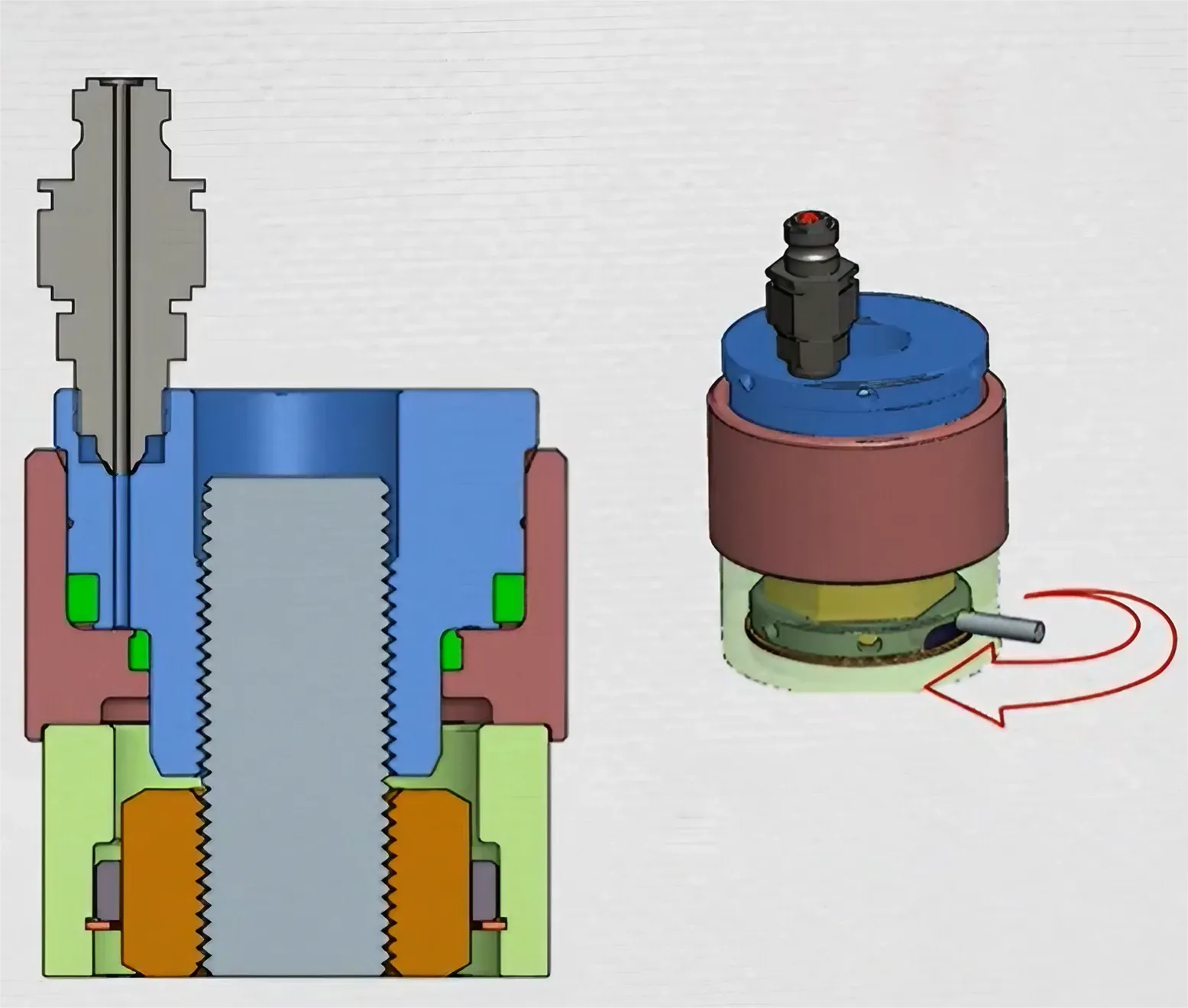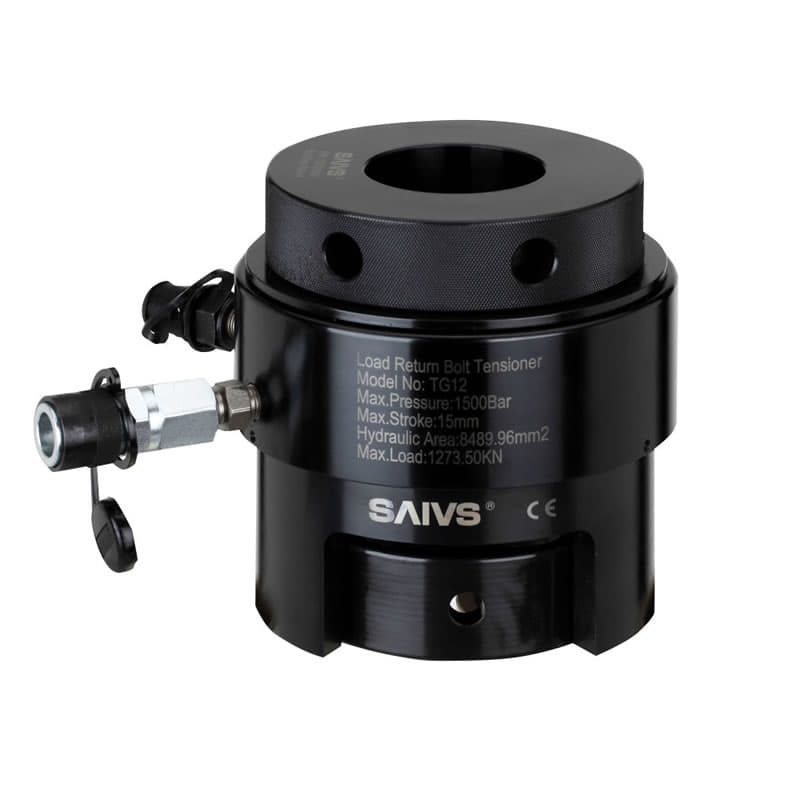Hydraulic Bolt Tensioner: How It Works
Introduction:
Hydraulic Bolt Tensioners play a crucial role in various industries where precise and uniform bolt loading
is essential for the integrity and safety of structures. Understanding the intricate working mechanism of
these devices is paramount for engineers and technicians involved in assembly and maintenance processes.
In this article, we delve into the step-by-step functioning of a hydraulic bolt tensioner,
shedding light on the key stages that contribute to its efficiency.
High-Pressure Hydraulic Fluid Pumping:
The operation of a Hydraulic bolt tensioner commences with the pumping of high-pressure hydraulic fluid into the system.
This fluid serves as the driving force for the entire process, transmitting energy to the piston within the tensioner.
Piston Upward Movement:
As the high-pressure hydraulic fluid is pumped into the tensioner, the piston,
a critical component of the system, undergoes upward movement.
This upward motion is a result of the force exerted by the hydraulic fluid,
creating a controlled and precise displacement.
Stud Stretching and Nut Movement:
Simultaneously, the upward movement of the piston initiates the stretching of the stud connected to the nut.
The stud is designed to withstand specific loads, and as the piston pushes upwards, the nut moves along the stud.
This controlled stretching ensures that the desired load is applied to the stud,
a crucial aspect for achieving optimal clamping force.

Nut Descent with Tommy Bar and Socket:
Once the stud has been adequately stretched and the desired load applied,
the next stage involves bringing the nut back down to its original position.
This is accomplished by employing a tommy bar and socket mechanism.
The tommy bar engages with the nut, allowing for precise control
as the nut is carefully descended along the stretched stud.
Release of Hydraulic Pressure and Clamping Force Retention:
The final step in the hydraulic bolt tensioner's operation involves the release of the high-pressure hydraulic fluid.
As the hydraulic pressure is dissipated, the clamping force applied to the bolt is retained.
This ensures that the bolt remains securely fastened with the desired tension,
contributing to the overall stability and integrity of the assembled structure.
Conclusion:
In summary, the working principle of a hydraulic bolt tensioner involves a systematic and controlled process,
from the initial pumping of high-pressure hydraulic fluid to the precise stretching of the stud and subsequent clamping force retention.
This device proves to be an invaluable tool in industries where accurate and uniform bolt loading
is paramount for safety and structural integrity. Understanding the intricacies of how hydraulic bolt
tensioners operate is essential for professionals involved in assembly, maintenance, and quality assurance processes.
SAIVS:Hydraulic bolt tensioner
Why Choose SAIVS™ as Your Supplier?
With 20 years of industry experience, SAIVS is a leading Chinese manufacturer of high-quality tools, offering competitive pricing and excellent customer service.We pride ourselves on exceptional quality control, extensive experience, and comprehensive after-sales service.
